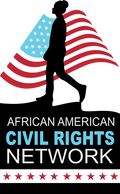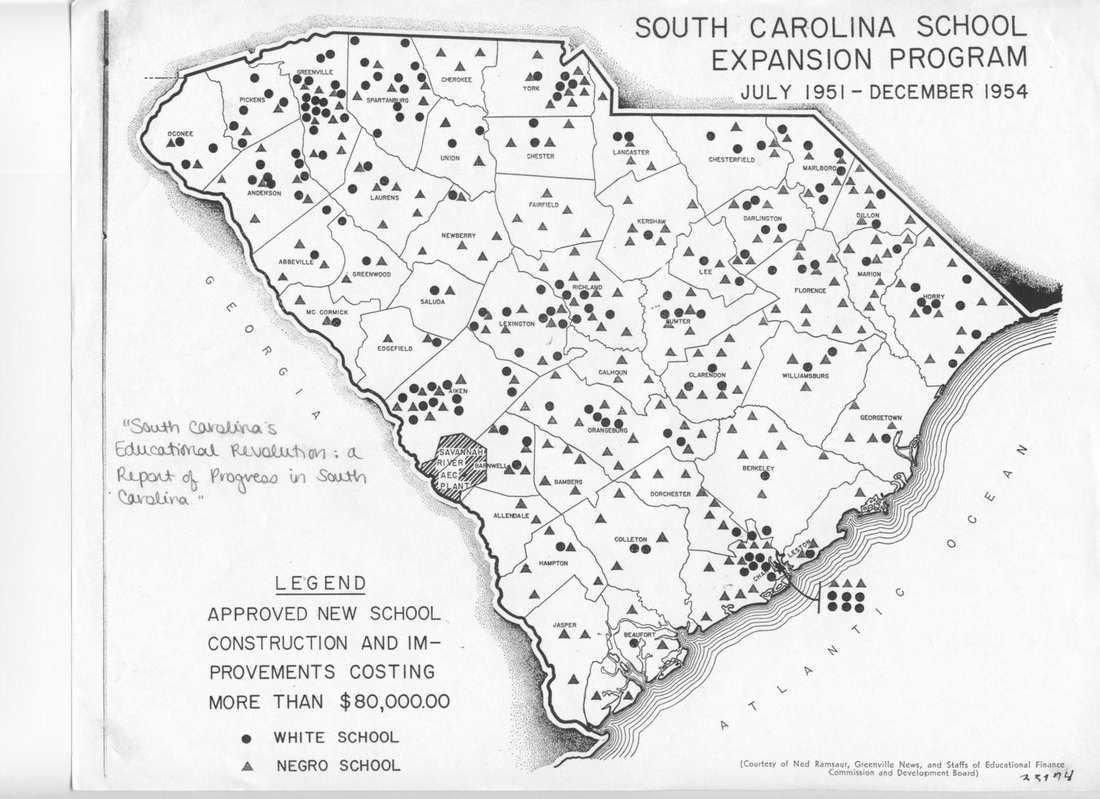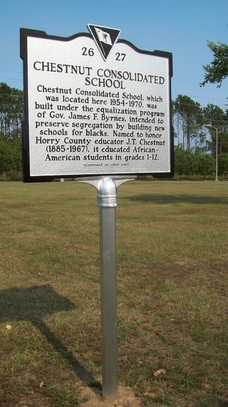
Visit the new Lowcountry Digital History Initiative digital exhibit,
Equalization Schools: South Carolina's History of Unequal Education!
We are now part of the African American Civil Rights Network!
Visit the exhibit on Charleston County Equalization Schools
outside Charleston Progressive Academy!
Listen to oral histories and explore the past of W. Gresham Meggett Elementary and High School, first opened in 1953.
Equalization Schools: South Carolina's History of Unequal Education!
We are now part of the African American Civil Rights Network!
Visit the exhibit on Charleston County Equalization Schools
outside Charleston Progressive Academy!
Listen to oral histories and explore the past of W. Gresham Meggett Elementary and High School, first opened in 1953.
In 1951, South Carolina passed its first general sales tax in order to fund African American school construction. This attempt was to create "separate but equal" schools to forestall an order by the Supreme Court requiring desegregation of the state's public schools.
While this program ultimately did not succeed in creating truly "separate but equal" educational facilities for black students, the program did transform the architecture of education in South Carolina.
South Carolina spent almost $100 million on black school construction in the first 6 years of the program. Prior to 1951, the state had only 80 accredited high schools for African American students. By 1957, the state had 145 black high schools.
While this program ultimately did not succeed in creating truly "separate but equal" educational facilities for black students, the program did transform the architecture of education in South Carolina.
South Carolina spent almost $100 million on black school construction in the first 6 years of the program. Prior to 1951, the state had only 80 accredited high schools for African American students. By 1957, the state had 145 black high schools.

